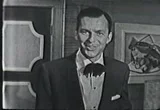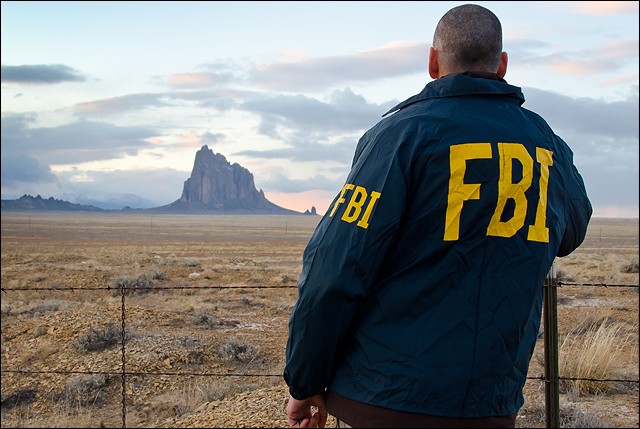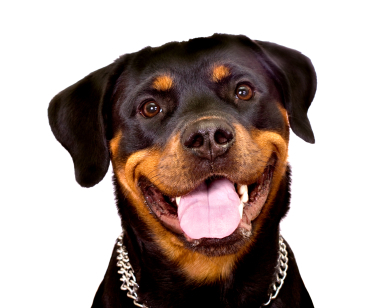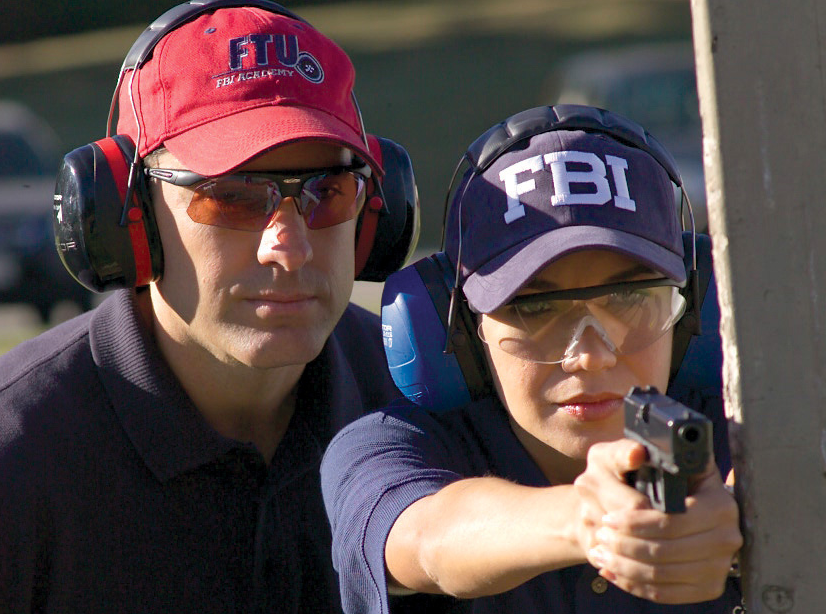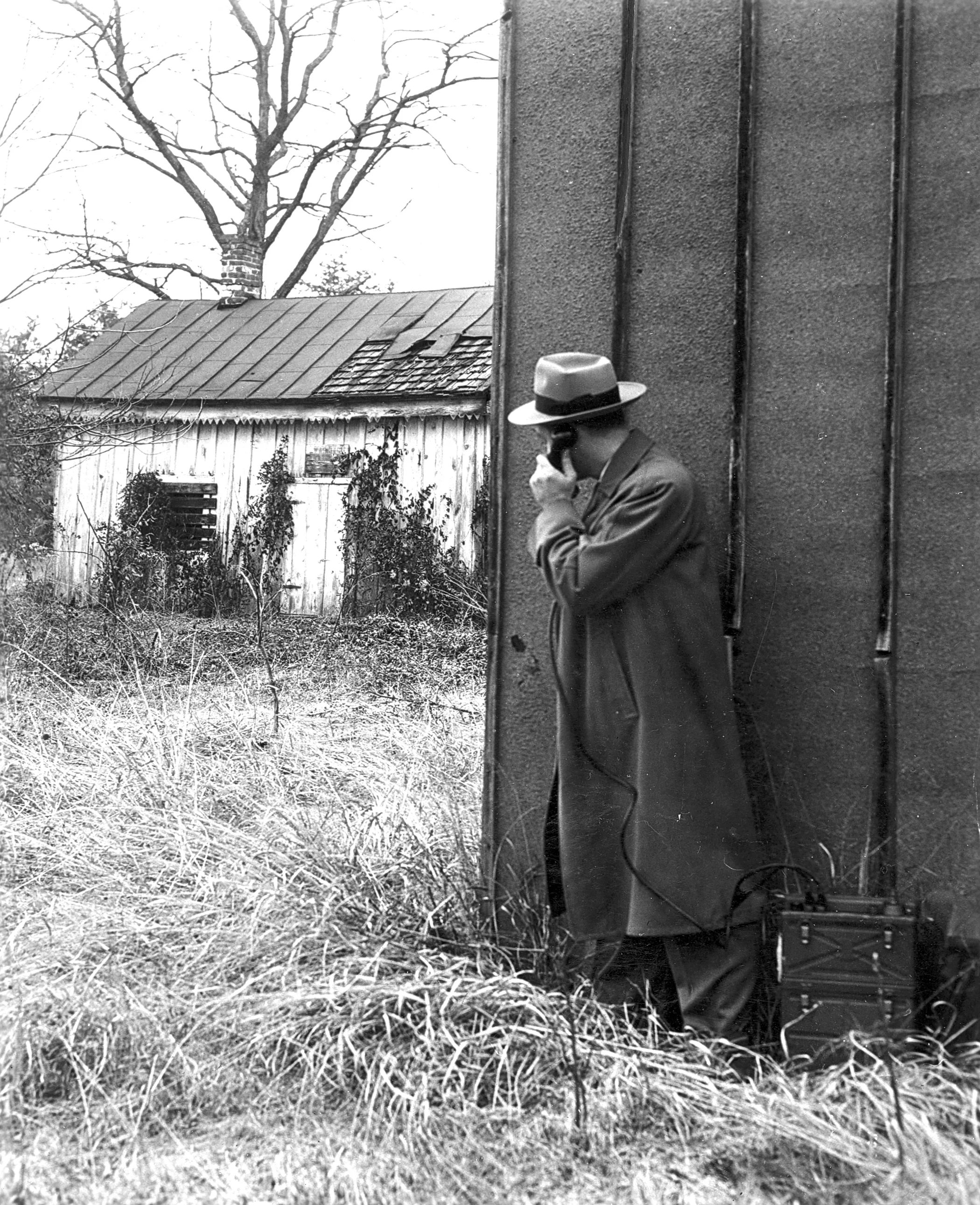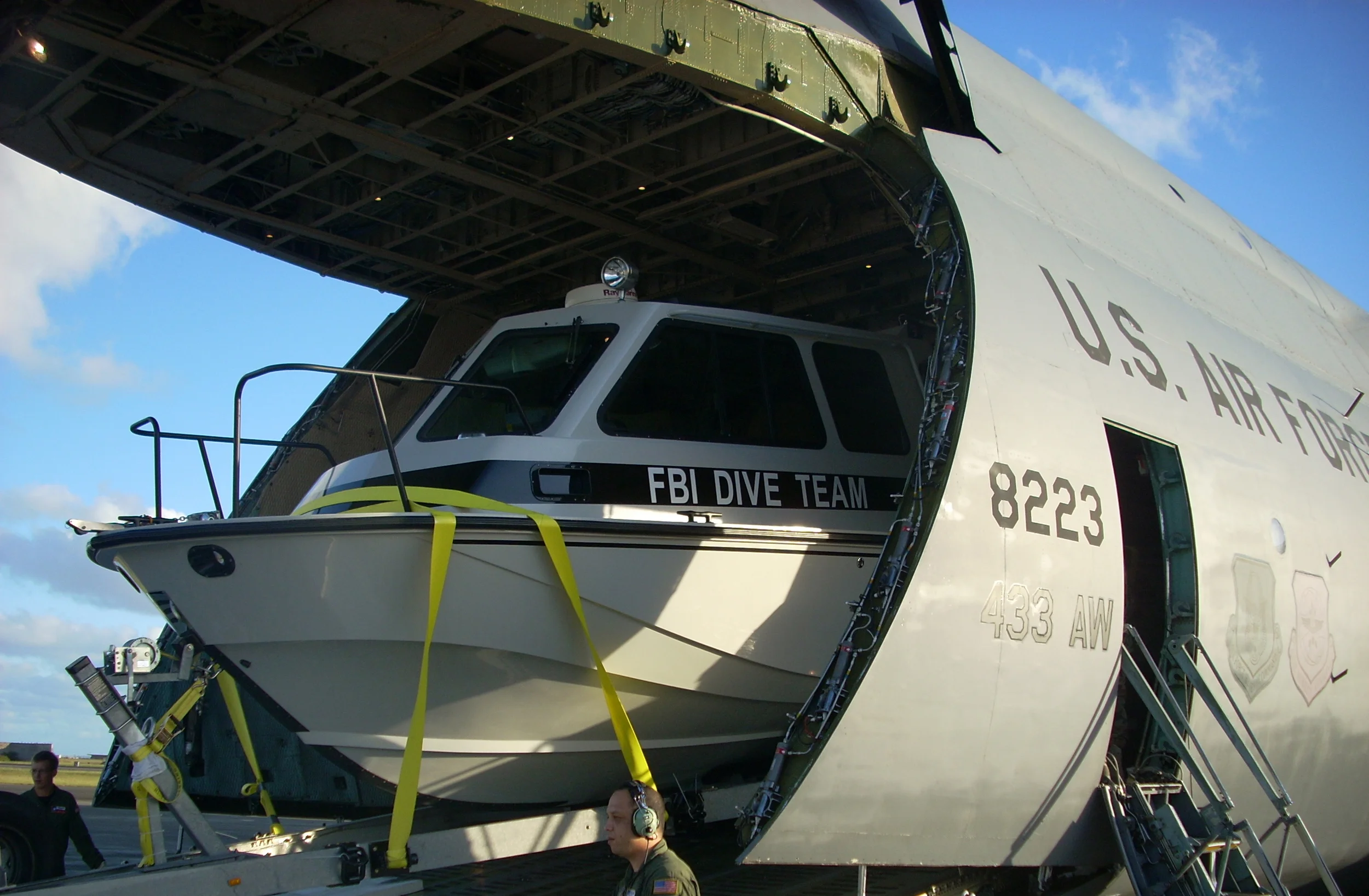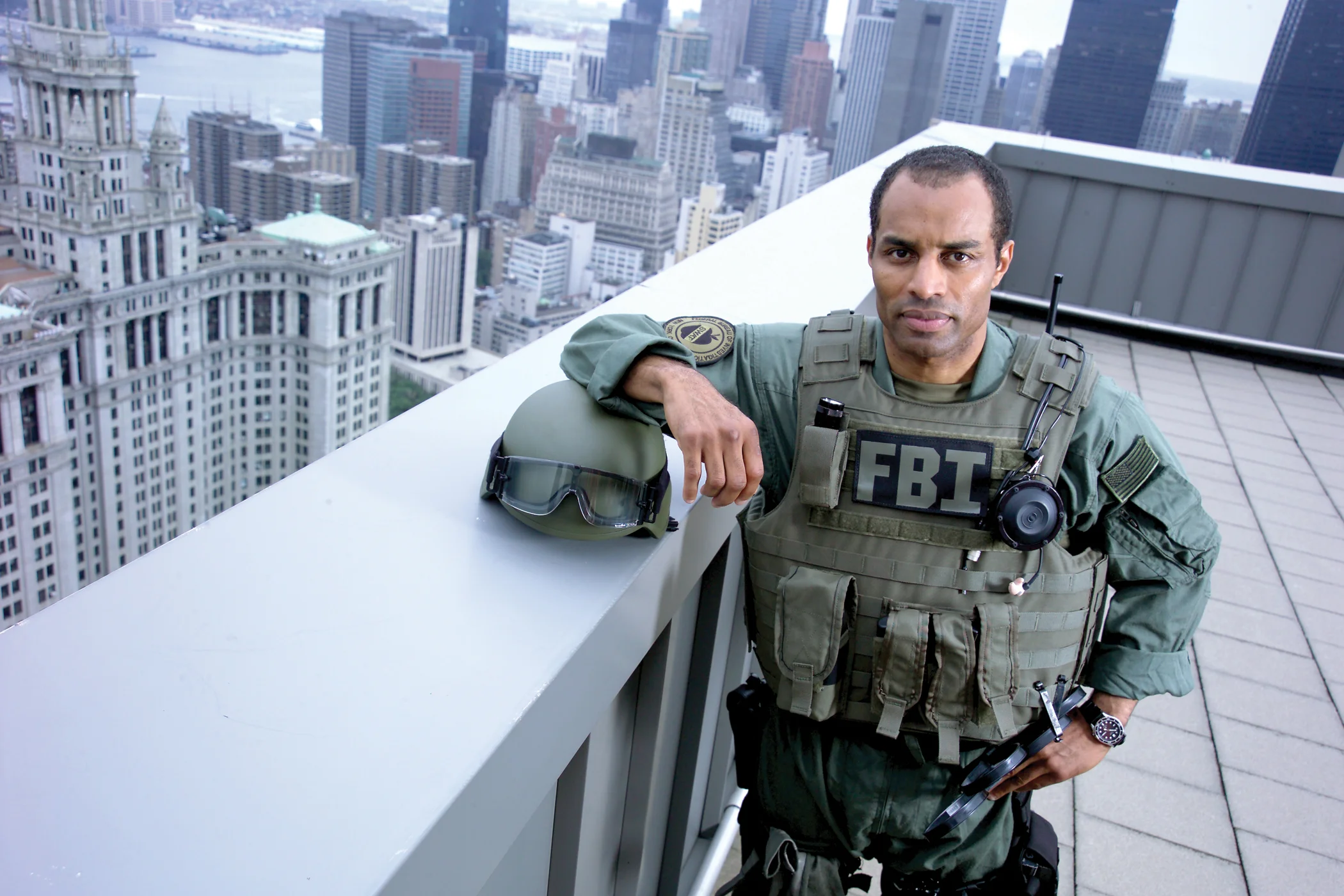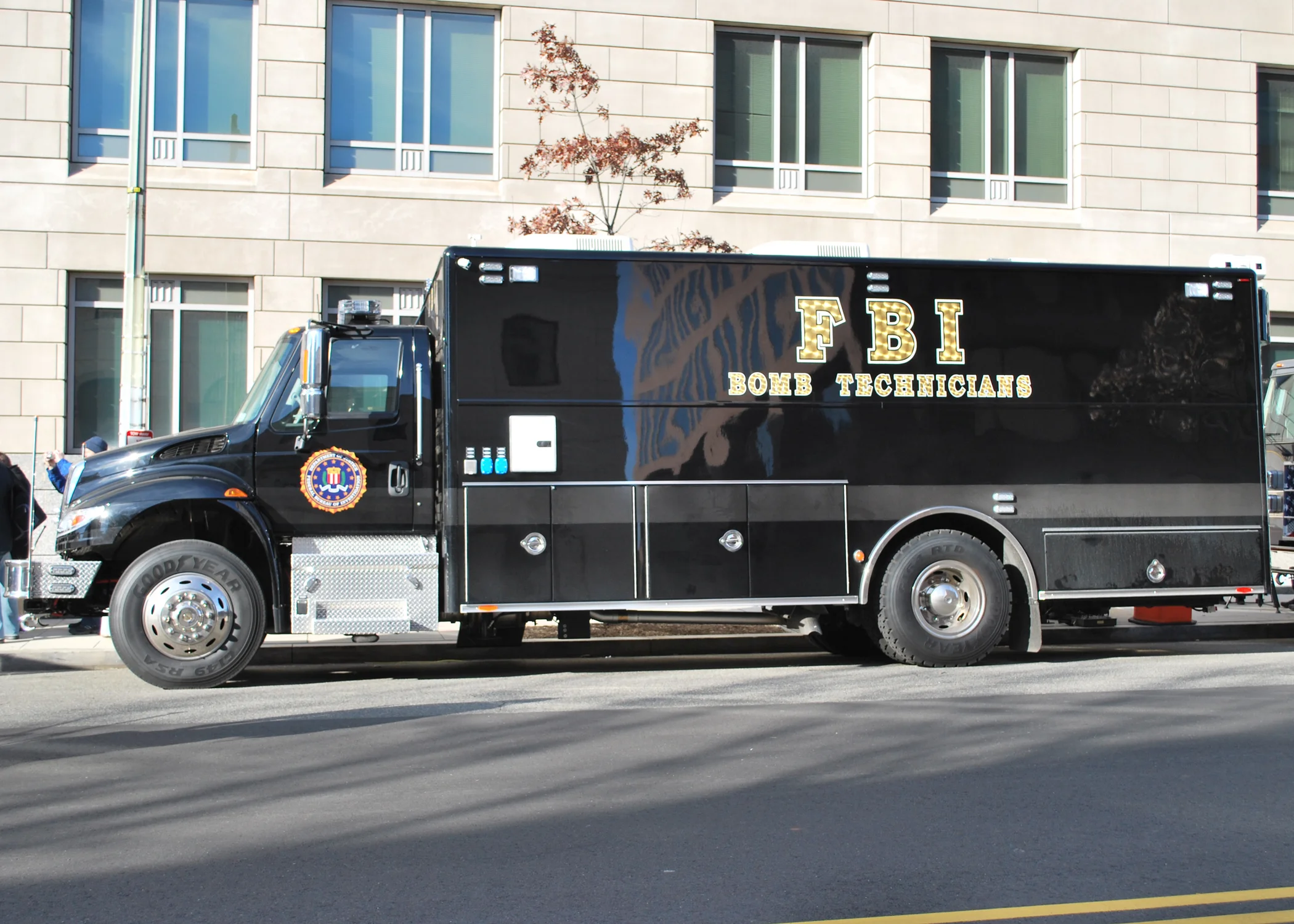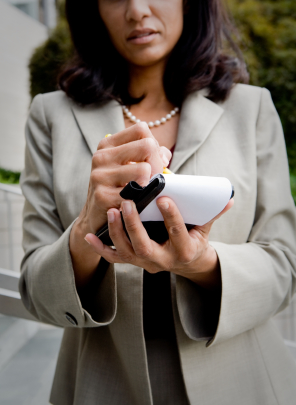November is National Novel Writing Month (NaNoWriMo), where writers are challenged to write a novel in a month. I'm not trying to write a novel in a month, but it's made me think about the kind of focus it takes for writing. Unfortunately, when I'm struggling with a scene, I have a bad, bad habit of skipping over to the Internet to check out things that are suddenly of vital importance, like when did Mary Pickford, Charlie Chaplin, Douglas Fairbanks and D.W. Griffith start United Artists? Yeah, that's interesting film history, but it has nothing to do with the contemporary romantic suspense novel I'm writing.
Fortunately, there's some handy online tools to help writers stay focused. I'll start with my go-to anti-distraction tool, whose name says it all.
Write or Die by Dr. Wicked
Write or Die is my favorite anti-distraction tool. When I know it's time to light the fire and write, write, write, I use Write or Die. It costs $10, and it lives up to its claim that it puts the "prod" in productivity.
From its website:
Write or Die is a web application that encourages writing by punishing the tendency to avoid writing. Start typing in the box. As long as you keep typing, you’re fine, but once you stop typing, you have a grace period of a certain number of seconds and then there are consequences.
You can set up how "punishing" those consequences are, from gentle (my choice) to kamikaze (strict!).
Other Online Anti-Distraction Tools
Below are a few more online stay-focused-on-writing tools, all of which are free.
750 Words: The name sums it up: Write 750 words, or approximately 3 pages (based on 250 words/page). A gentle prod for productivity.
Ommwriter: The Zen approach to staying focused on your writing. Available on Mac, PC and iPad.
FocusWriter: A "distraction-free writing environment" whose features include alarms, timers and daily goals. Available on Linux, Windows and Mac OS X.
Happy writing!



